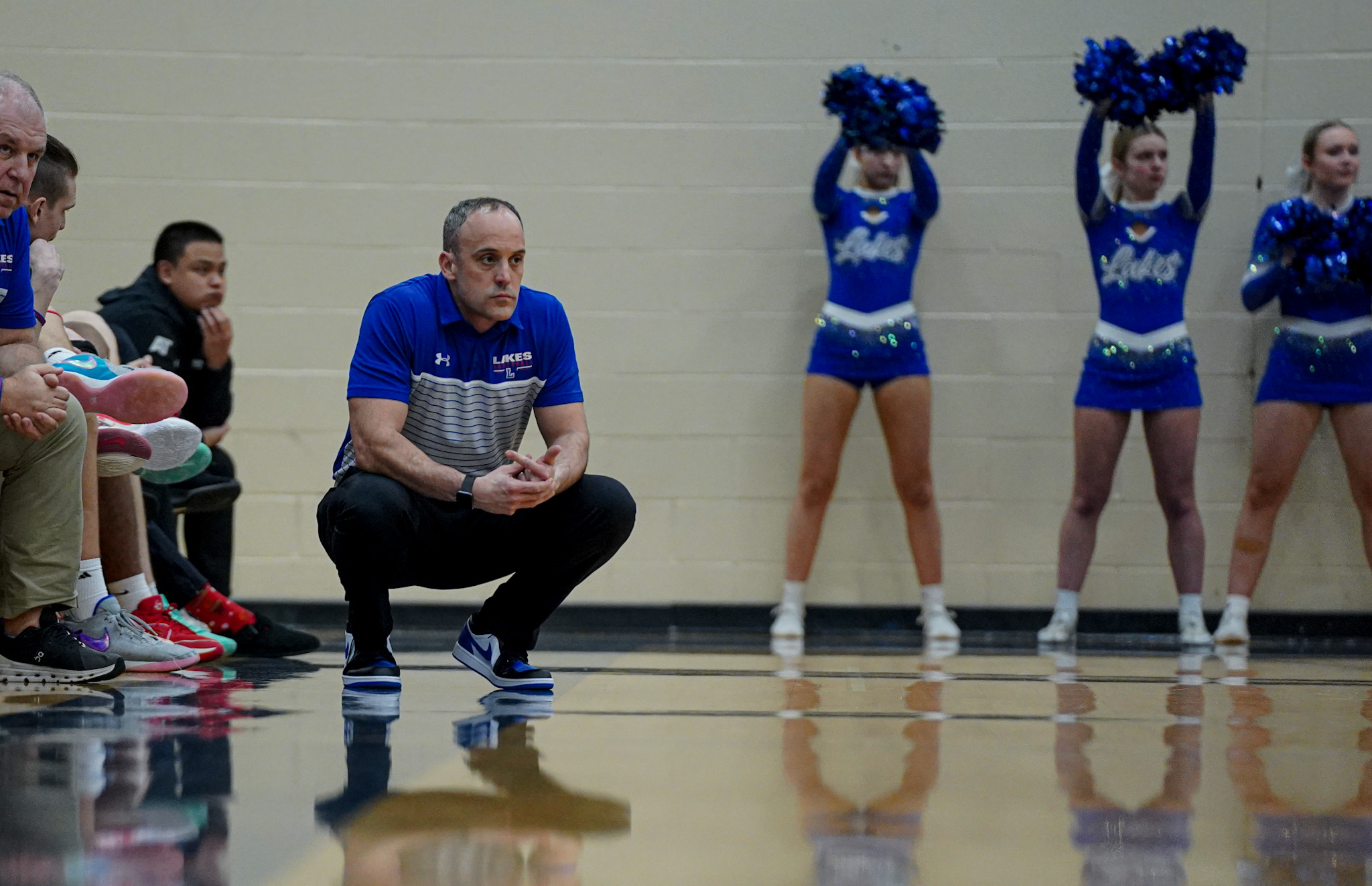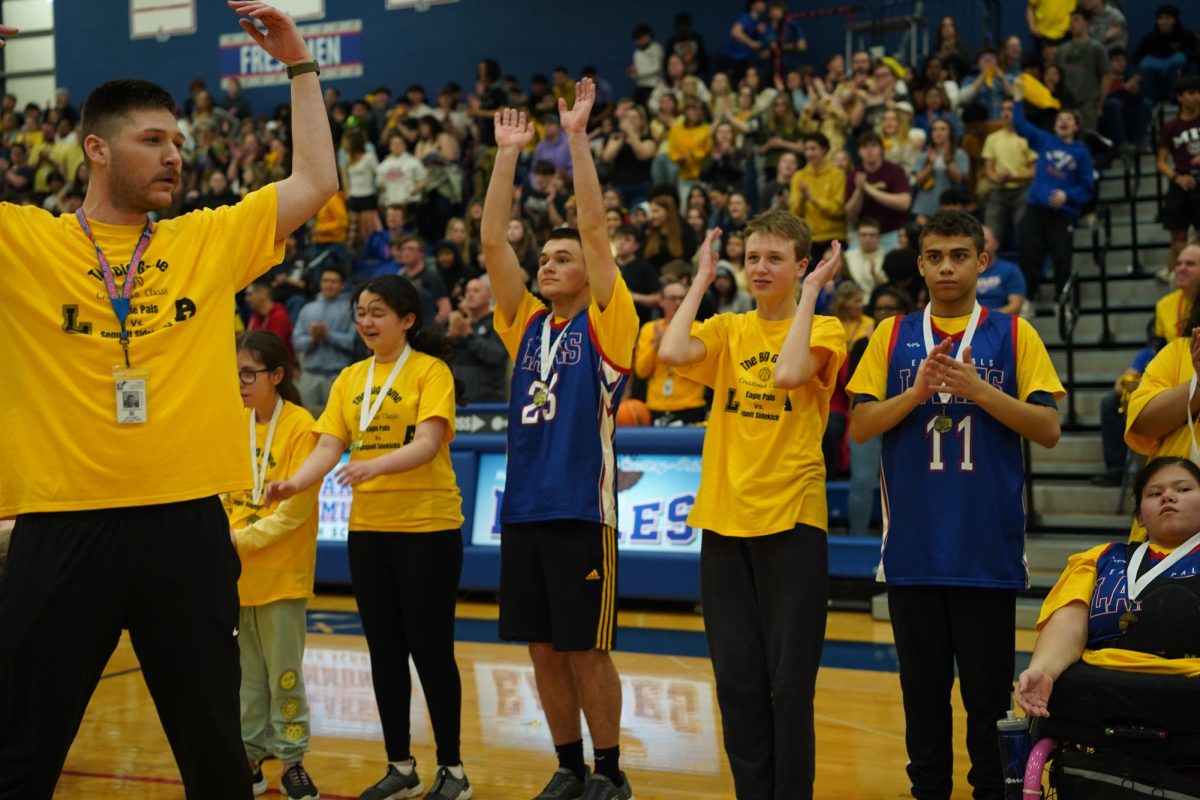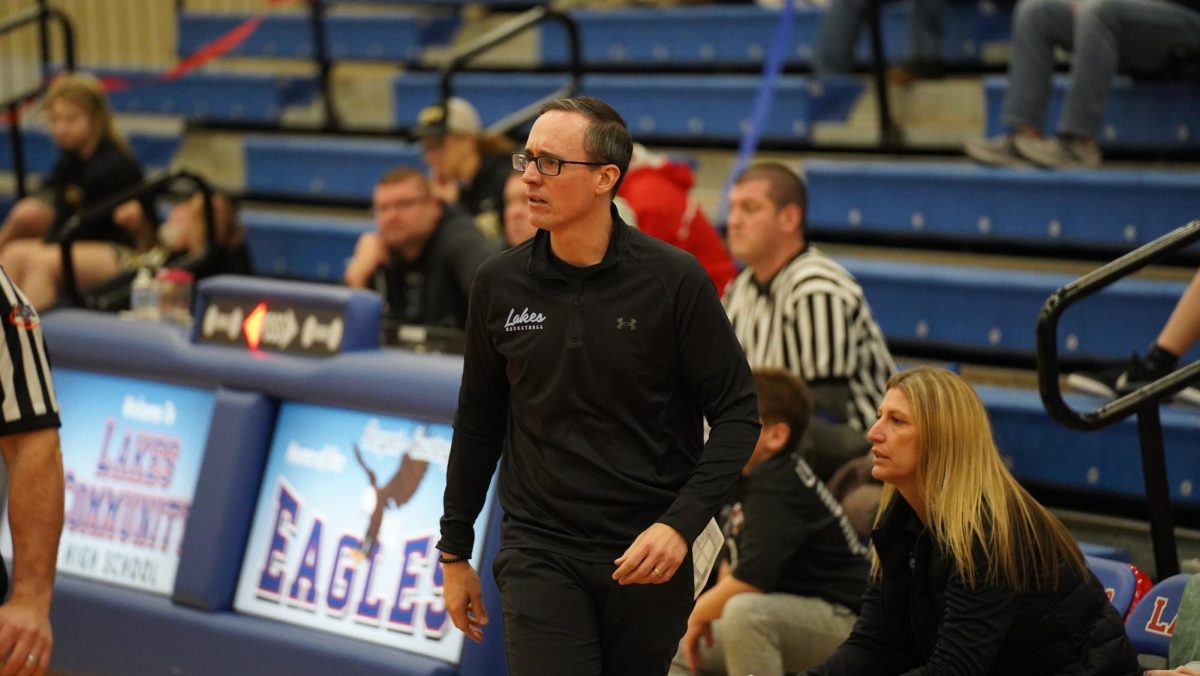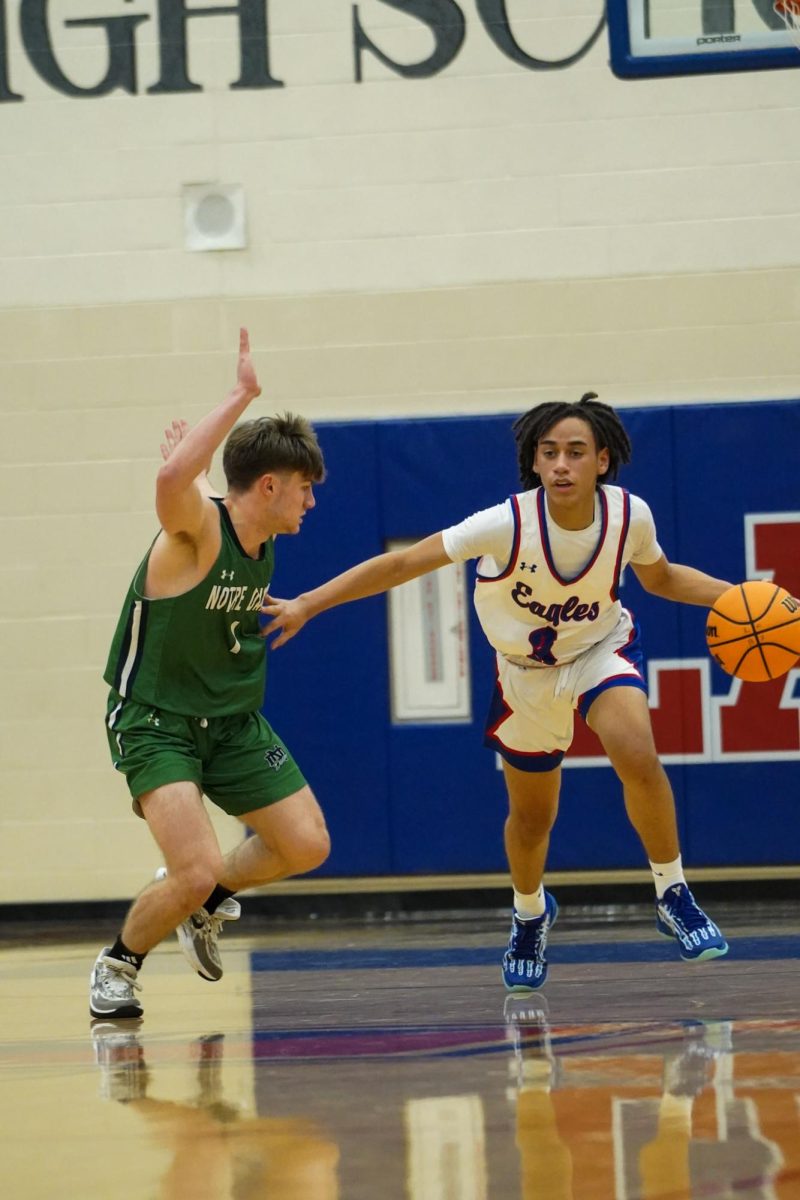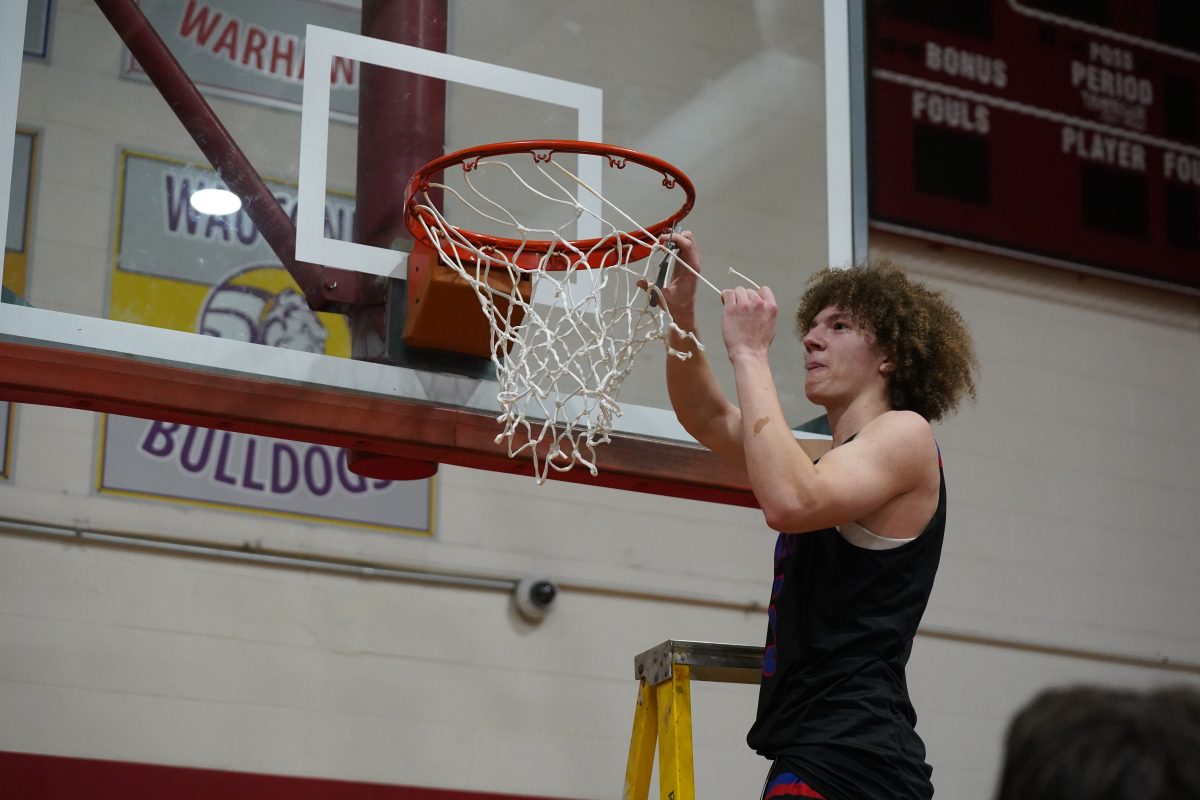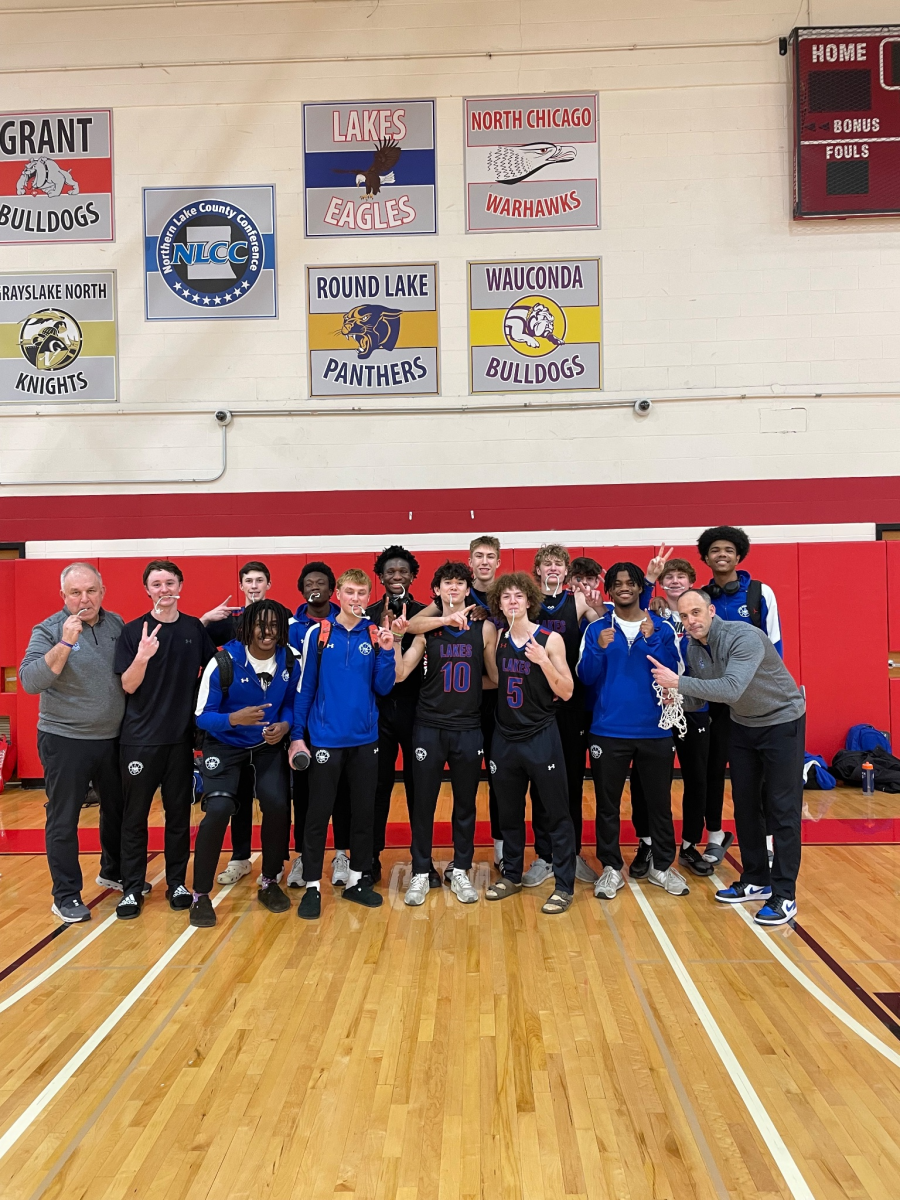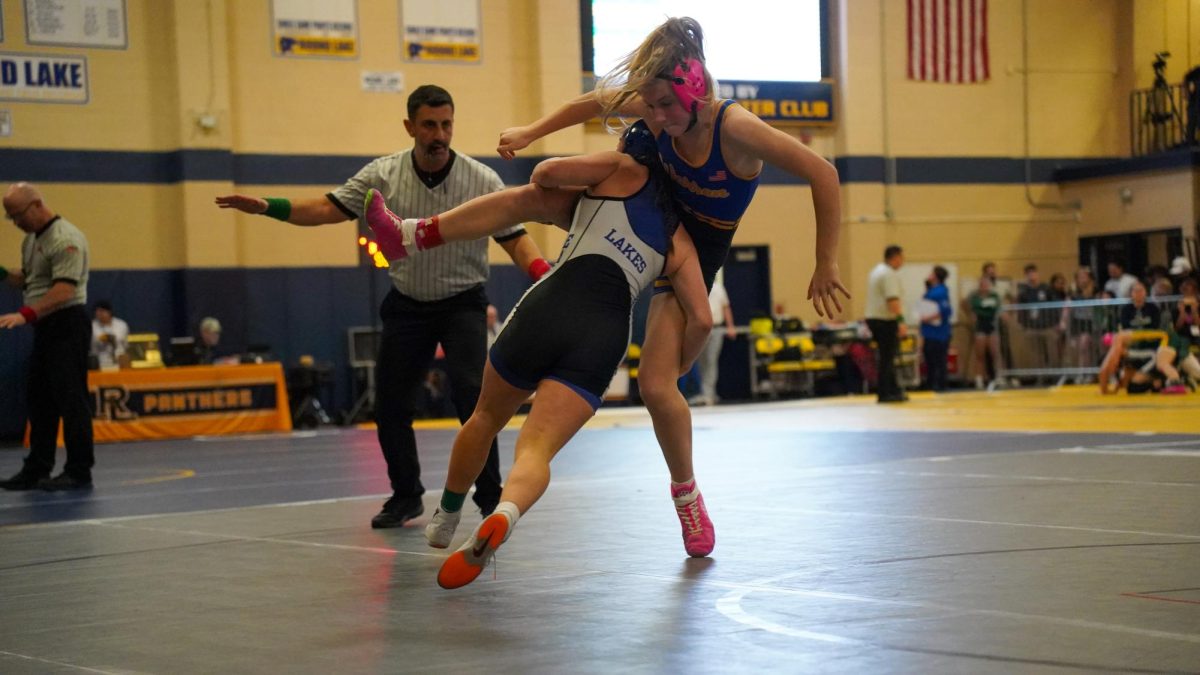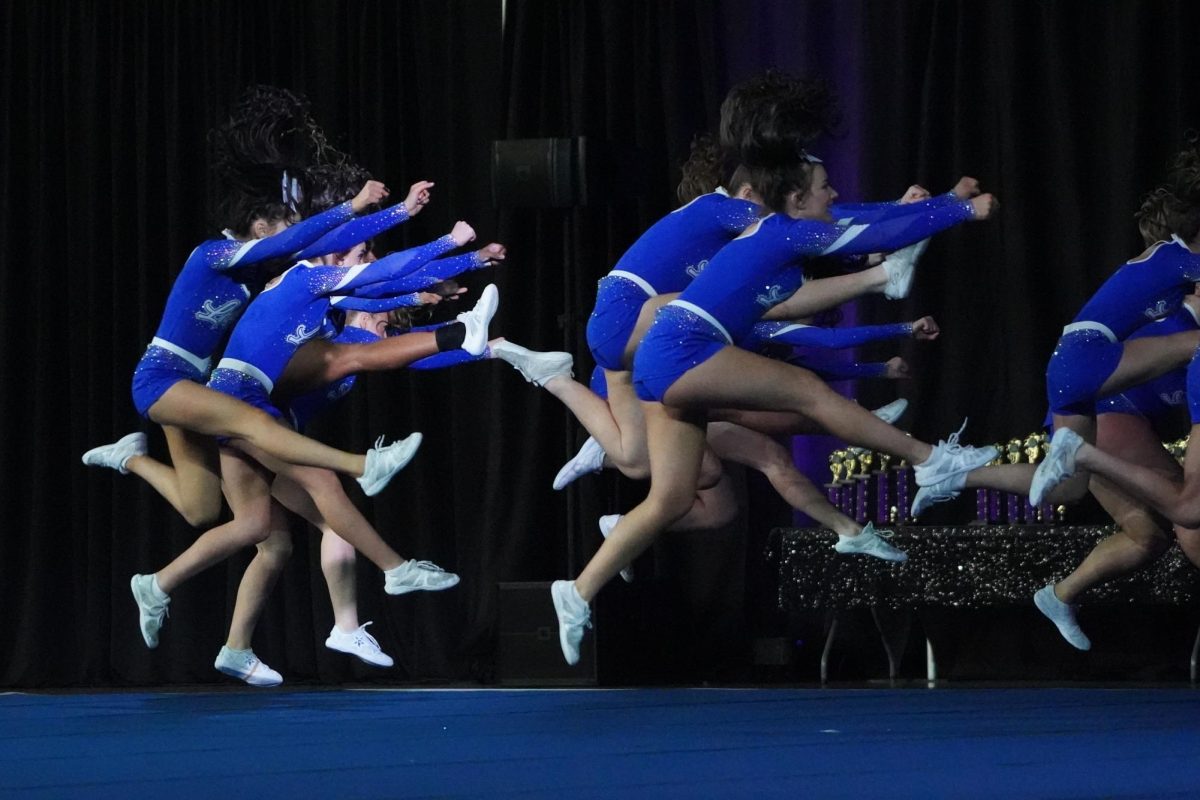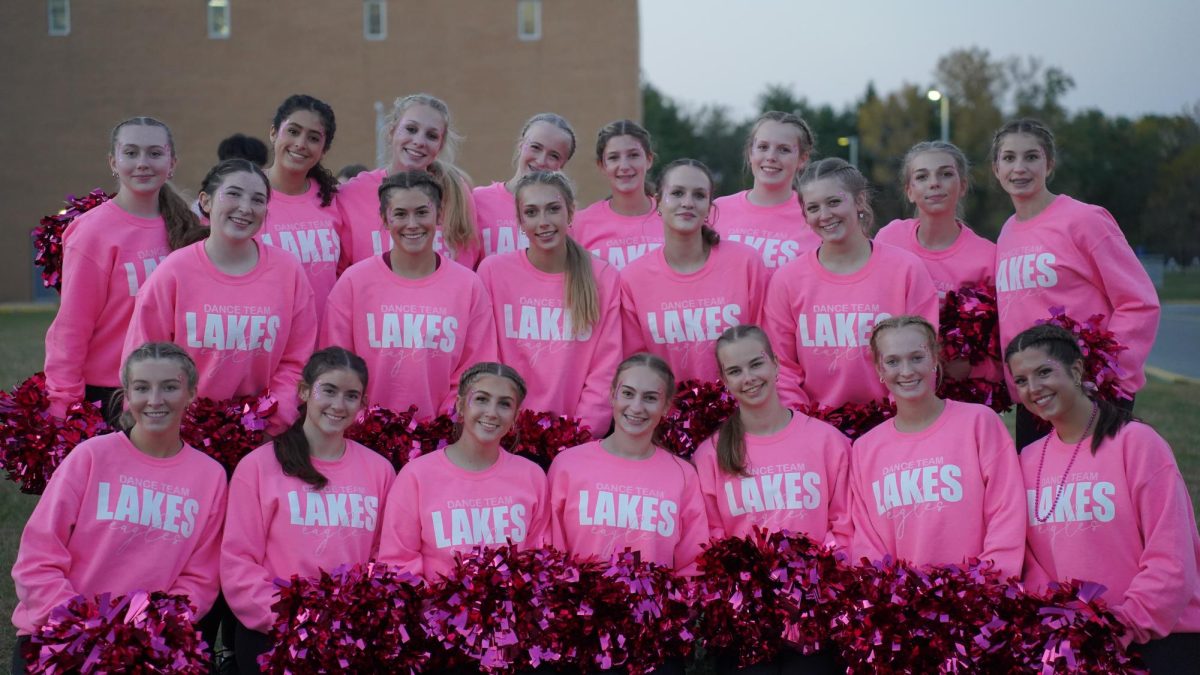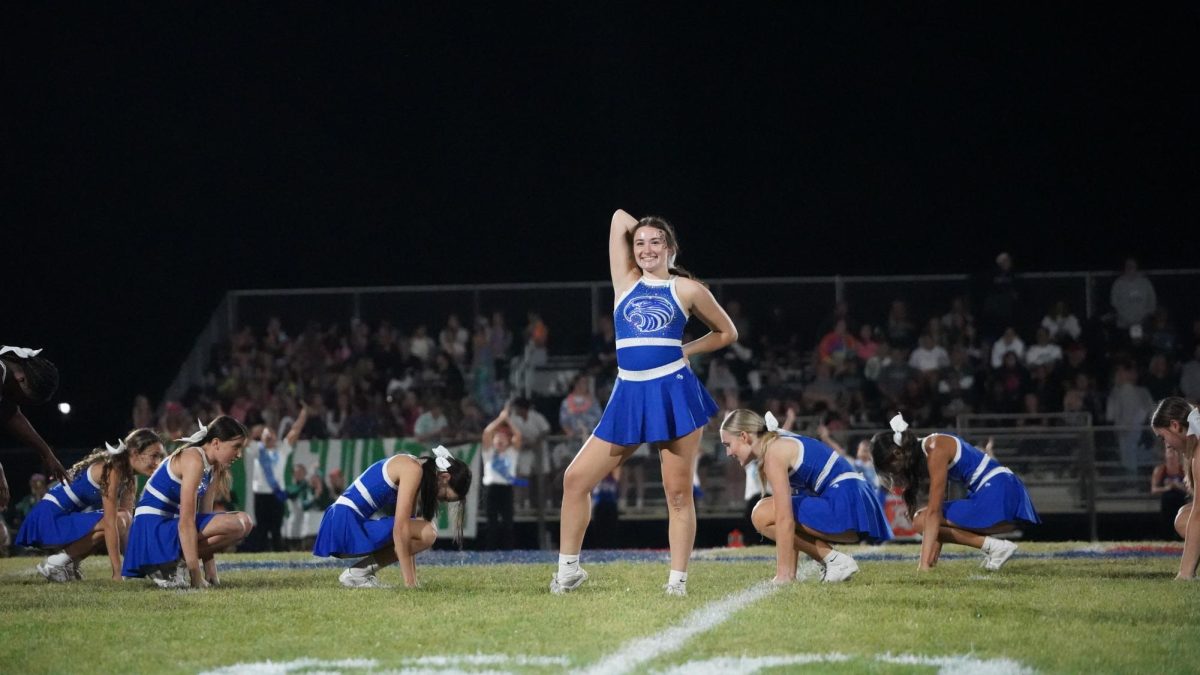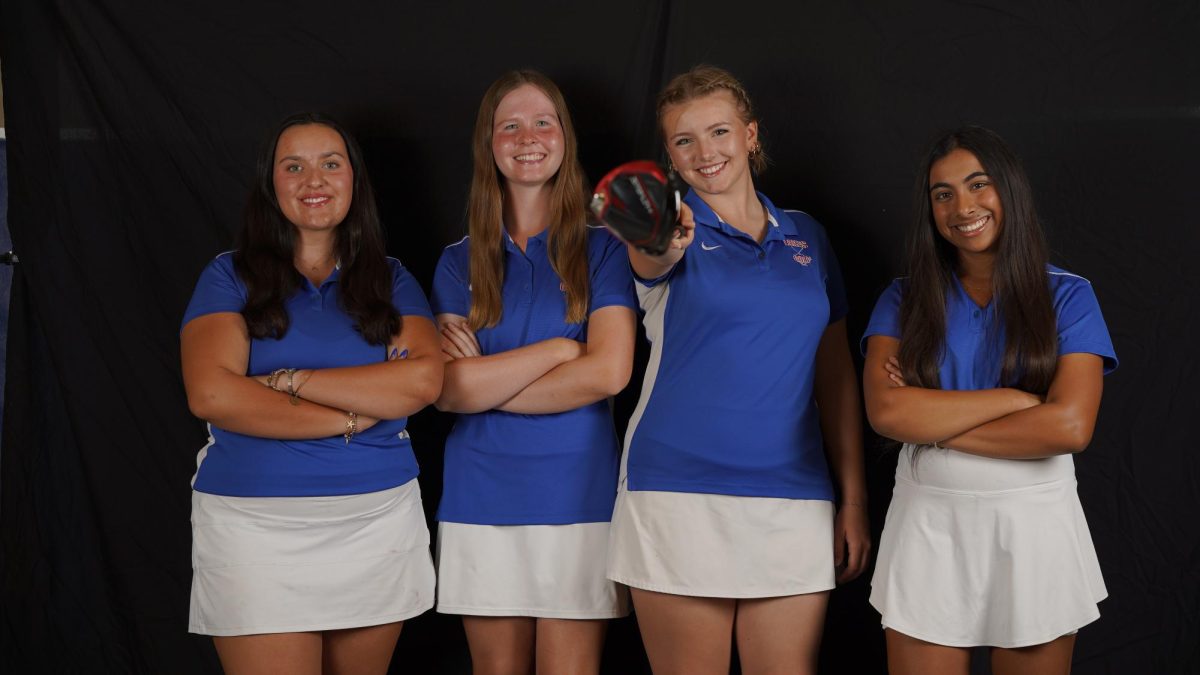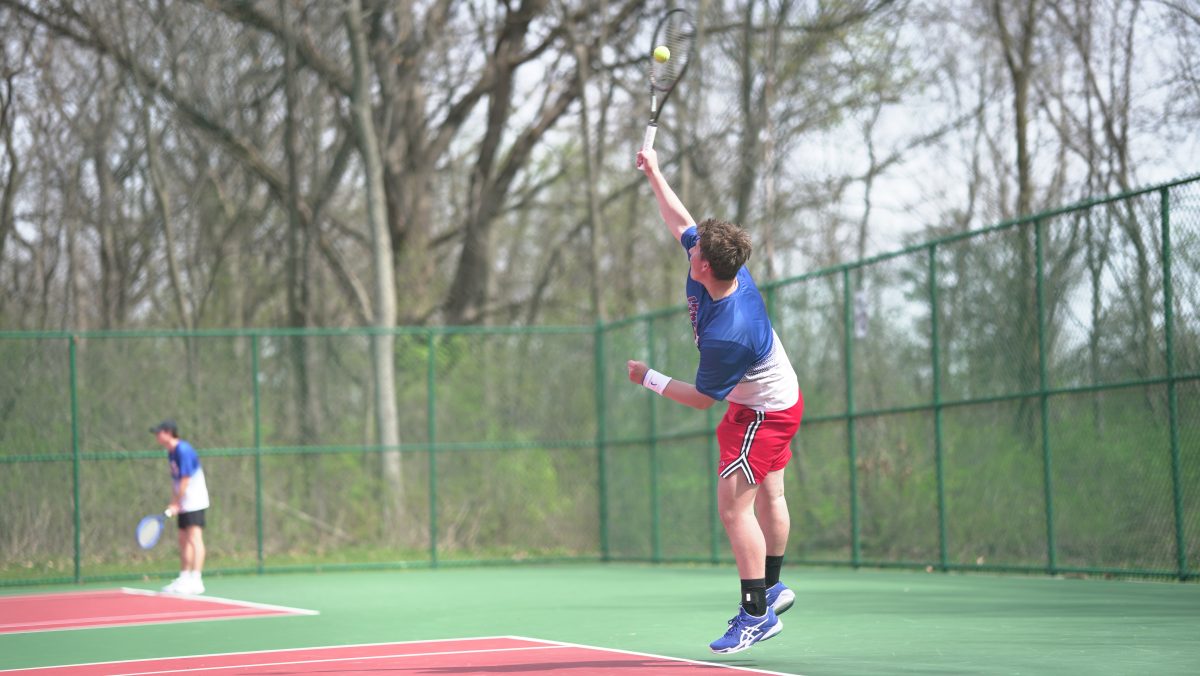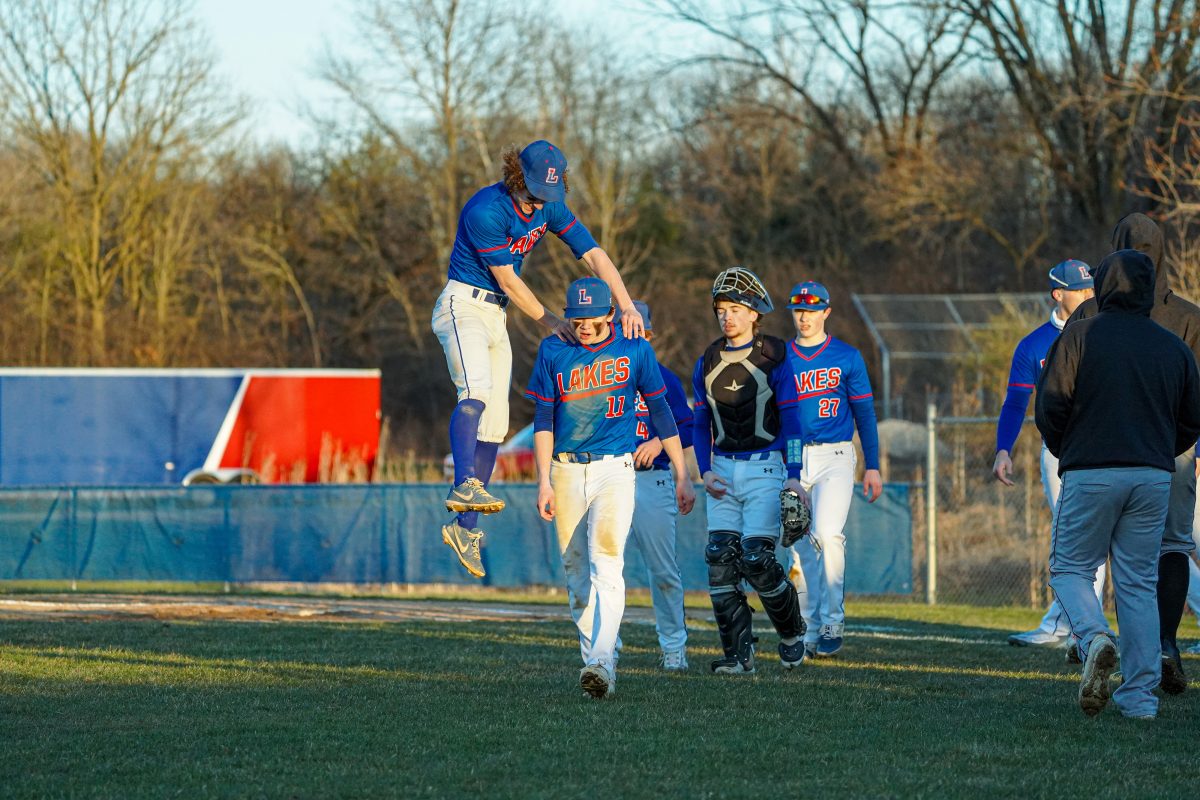On February 21st, Lakes boys basketball played a game in which they fought all the way back from down 7 in the 4th quarter, to tie it with 2 minutes to go. What happened next was something that could be considered cowardly, cheap, and frustrating to any basketball team, but well within the rules. The Fenton Bison, Lakes opponent, proceeded to dribble the clock out, all the way down to around 30 seconds, before taking a 3 point shot. A smart strategy nonetheless, it’s very looked down upon in the world of basketball. Although they missed, a rebound and a quick pass to a teammate led to the game winning basket for Fenton. Simply put, how is that fair for the losing team, who in this case, was Lakes? The seniors especially, who’ve put in hours of work, and their high school career ends on a team wasting the clock and exploiting the IHSA’s lack of rules surrounding a shot clock.
This begs the question… how do you stop the pointlessness of using the final minutes of a close game by dribbling out the clock? There’s really only one answer: implement a shot clock. According to the National Basketball Association (NBA), “The ‘shot clock’ shall refer to the timing device that displays a countdown of the time within which the team possessing the ball must attempt a field goal.” The shot clock has been in the NBA since 1954, and college basketball since 1945.
So why are the IHSA and other high school associations late to the party? Well, already about half of the country uses a shot clock for high school basketball. According to the National Federation of High School Associations (NFHS), 27 states use the shot clock in some capacity for the 2023-24 season. The IHSA did allow teams and conferences to use a shot clock for the 2023-24 school year, but only in circumstances like holiday tournaments and shoutouts.
Well, first off, change isn’t going to sit well with every single high school among the IHSA. Illinois is a richly diverse state, with high schools in big cities and small towns. The IHSA has over 800 schools across 4 classes in the sport of basketball, and in order to get every single school to agree, is nearly impossible. “Other part is the IHSA wants to make sure when they make the change, everyone has adjusted for it,” said Antioch Head Coach, Sean Connor.
Not only is it hard to organize and have schools agree, but there’s extra costs that come along with installing it. “Part of its money, because schools have to adjust budgets to cover the cost and install the infrastructure to have one,” said coach Connor.
Not only do these clocks cost the school and the district more, you also need to find a knowledgeable operator for every single game. “The one of the biggest things you’d have to find I think is a really knowledgeable worker to do it. You know, because you’re gonna need someone that understands how the game works,” said Lakes Head Coach, Chris Synder, “I could foresee some issue where games are getting stopped because ‘Oh we didn’t start the clock!’”
While there are definitely disadvantages to adding a shot clock to high school basketball, many list more advantages, and advocate for the addition. “I would definitely benefit from a shot clock. It speeds up the game, which can be very beneficial for teams,” said senior point guard JJ Jackson, “It increases the action, which is good for the fans. And as a point guard it helps me get into my offense faster.” Going fast is sometimes looked down upon in sports, as it’s seen as clumsy and out of control. However, in basketball, going fast can catch a defense off-guard, and lead to easy buckets in transition.
As Jackson mentioned, adding a shot clock would lead to speeding up the game, it’s simply a fact. “I haven’t played in any tournaments with a shot clock, however, in AAU practices, we played with a 30-second shot clock, in scrimmages, and I really enjoyed the pace of play,” said Jimmy Kania, who’s been on varsity since his sophomore year. “It would [the game] have more fastbreaks and a lot more quick actions to get faster offensive looks as well as on defense,” said Jackson.
One aspect some people may not think about is the strategy change this may bring for the teams, as they’re now in a race against the clock to score a bucket, while trying to get the best possible shot. “I think we’d just have to do things a little differently and practice end of clock situations in terms of practice,” said coach Snyder. “‘Hey when the clock gets to 10 seconds, we’ll go to this [play call]’ just so we have those calls ready.”
So this begs the question, if a shot clock was added, how much time should be allotted per possession. Well, some states use a 35 second shot clock in the US, but that might even be too much time. “I look at a lot of our [possessions], and a lot of them don’t reach 30 seconds, and that’s a long time to pass the ball,” said coach Synder. The NCAA uses 30 seconds, and the NBA 24 seconds. The more realistic option would be to follow rules similar to that of the NCAA, which in turn might also help some players, who might play in college, prepare for the different aspects of a shot clock. If they use too long of a shot clock, there would be similar problems we find today, as teams would use the given seconds to dribble out the clock, and waste time in their advantage.
Although there are logistical and financial reasons slowing down the process of implementing the shot clock for high school basketball, there are more advantages in its favor. This process may go on for sometime longer, and will most likely not be a change for the next few seasons of high school basketball, it still is a topic that needs coverage, as well as people to voice their opinions and advocate for the improvement of the game for athletes and coaches alike.
